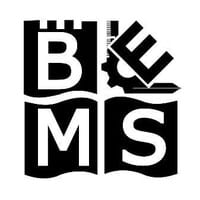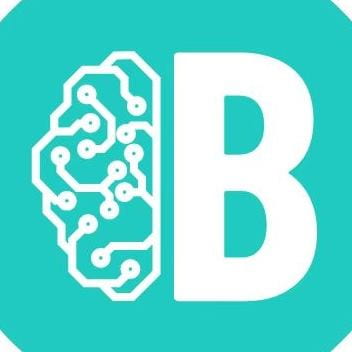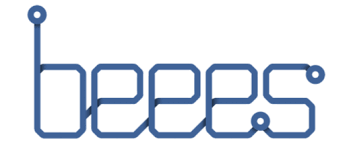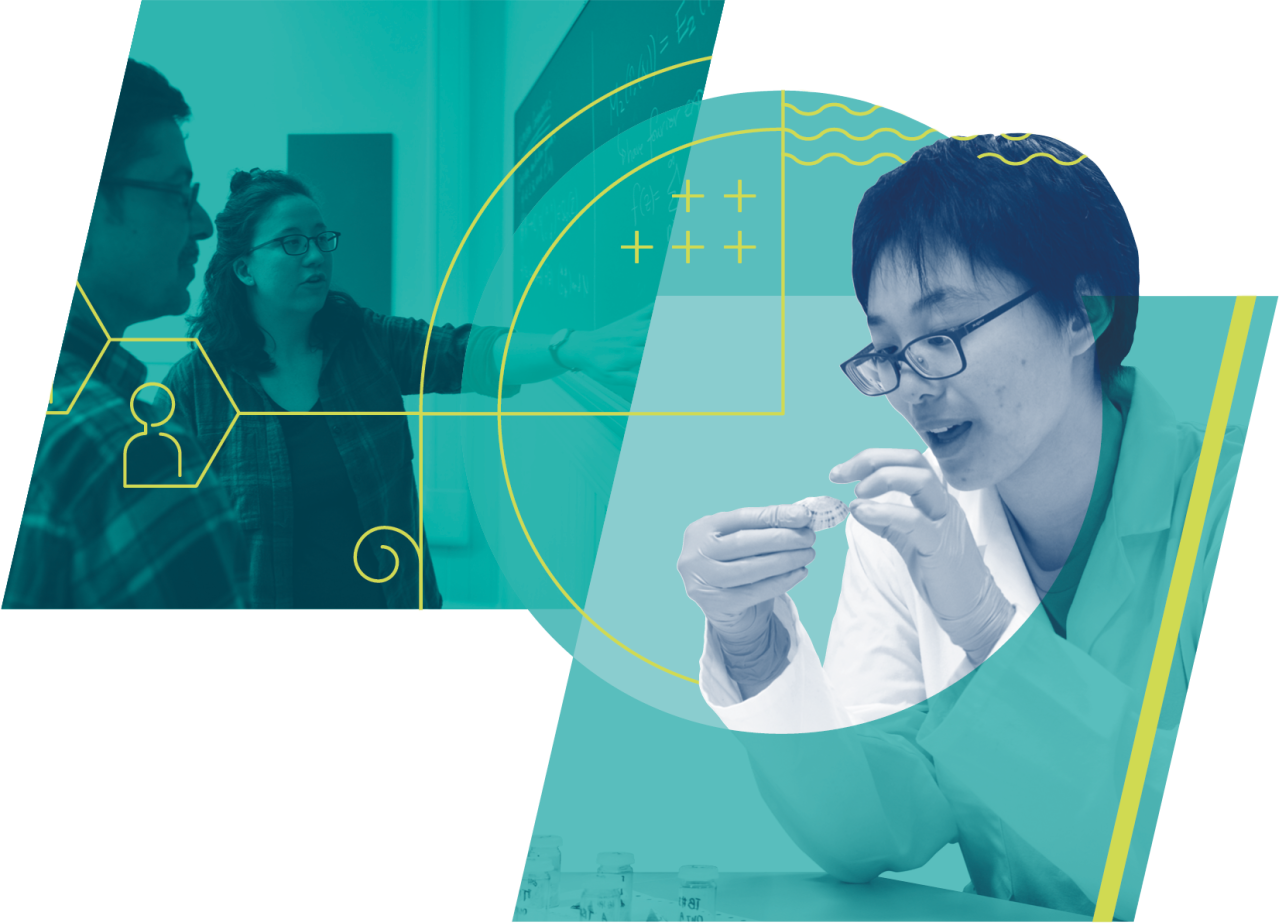Each project will be expected to demonstrate:
Scope and impact
This should be a high-level statement that defines the problem/challenge/opportunity. It should include an aspirational goal as well as practical outcomes that the project set out to achieve. You should back this up with an assessment of the current state with references or evidence.
The team should include relevance – communicate why the proposed solution is more effective than previous solutions to the problem posed and/or how well adopted it would be/the impact that would be delivered.
Explain how the outputs were developed and how the team reached their final design
This is a summary of the approach and work undertaken by the Team. This could include the potential literature research, interviews, market research surveys and other forms of data gathering as well as analysis, tools used (e.g. graphic design software), testing of the product, the iterative process required etc.
You may want to include how you worked as a team – what roles each of you had in the development process, did you need to make any changes to this as the project developed? One of the questions after the presentation will be focussed on this.
Overall feasibility of the product and your value proposition
Value proposition: an assessment of potential value/benefit, success/failure measures, risk (SWOT analysis) and next steps the product/service/conceptual results bring.
- Quantified value: Demonstrate what is different or impactful about your proposed solution to the problem (e.g. through market research). It could be your solution is a more efficient, easier to use, cost effective solution than previous products/conceptual ideas already out there.
- Differentiation: Here you need to demonstrate that the outputs are cost effective and why the customer should buy from you and not from the competition. If the output is a design of a prototype, you could explain the next steps required to take product development further and address any hurdles you might envisage.
Outputs and scoring
Poster presentation (40%)
Poster presentations allow viewers to read the outcomes of your project at their own leisure and to interact with you – perhaps asking detailed questions about your methods or findings. The poster should be visually engaging and concise covering:
- Scope and impact
- Output development
- Feasibility of the product
- Next steps
Please see here for more information on poster guidelines and top tips on producing an effective poster.
Oral presentation (40%)
The presentation/pitch will be seven minutes in duration with three minutes for questions. Timings will be strictly adhered to. The presentation should present the content in an organised, concise, and effective manner. Feel free to use, props and videos if these enhance your message.
The contents should include:
- how the team approached the challenge
- how the team came up with the solution
- feasibility of the solution
- what the next steps could be
- Quality of the presentation
After the presentation there will be at least two questions with one question focussed on how you worked as a Team (see below) so you can prepare your answer in advance. Only the Judging panel will be allowed to ask questions.
We strongly encourage each team to have a nominated spokesperson to answer the questions. However, all team members should be prepared to answer in case the spokesperson is not confident with a response.
Effective team working (20%)
One of the questions after the presentation will be focussed on team working including who did what and how you came to a team-based solution to your challenge.
The judges will also receive feedback from your mentors.
Judging panel
The judging panel for 2025 will be confirmed in August, ahead of the Celebration Day in September.
The judging criteria will look at the strength of the entry, not just the outputs so it is important that the sections described above are covered.
Please note team mentors who are also on the judging panel will recuse themselves from scoring for the teams they mentored.
Assessment scoring
The table below outlines how each output will be scored.
| Oral Presentation (40) | Approach taken to address the challenge (8) Development of the solution (8) Feasibility of the solution (8) Next steps (8) Quality of the presentation (e.g. slide design, kept to time, succinct pitch) (8) |
| Poster Presentation (40) | Content of poster – scope, output, feasibility, next steps (30) Quality of poster design (10) |
| Effective Teamwork (20) | Feedback from mentors Response to team-working question during oral presentation N.B the above are not broken down into individual scores |










